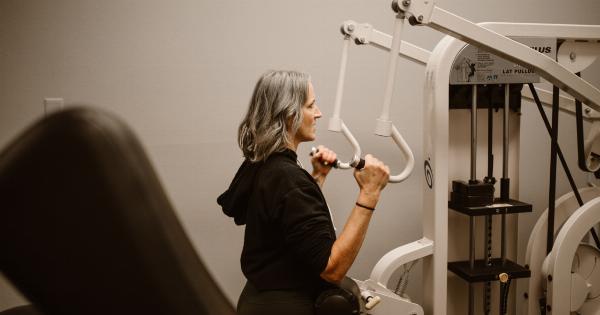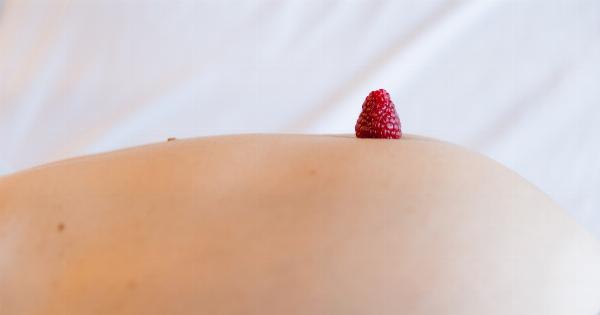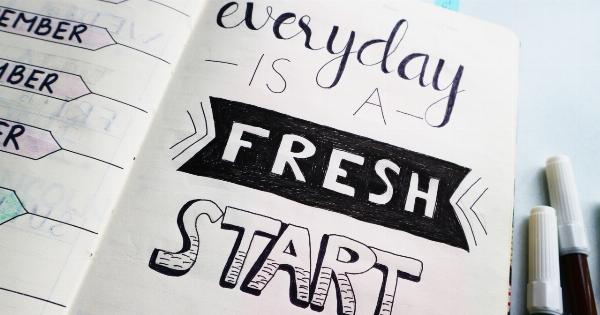Becoming a mother is an incredible experience that changes your life in many ways. One of the most significant changes is the transformation your body goes through during pregnancy and after childbirth.
Nurturing a growing life inside your body is an accomplishment to be proud of, but it comes at a cost. The postpartum period can be physically, emotionally, and mentally challenging for many women.
After childbirth, your body needs time to recover, heal, and adjust to the new demands of motherhood.
Many new mothers are eager to get back to their pre-pregnancy bodies as quickly as possible, but it’s essential to be patient and give your body the time it needs to heal. Here’s what you need to know about the postpartum body and how long it takes to feel like yourself again.
Physical Changes After Childbirth
During pregnancy, your body undergoes significant changes to accommodate the growing fetus. Your uterus expands, your breasts enlarge, and your body stores fat to nourish the baby.
After childbirth, your body goes through another transformation as it adjusts to the absence of the baby and the changes that occurred during pregnancy.
The postpartum period is the time after childbirth when your body begins to heal and recover. Physically, you may experience a range of symptoms, including:.
- Cramps and vaginal bleeding
- Breast engorgement and leaking milk
- Hormonal changes that can cause mood swings and fatigue
- Abdominal pain and swelling
- Constipation or diarrhea
- Urinary incontinence or frequent urination
- Stretch marks, sagging skin, and changes in body shape
These physical symptoms can last for several weeks to several months, depending on your body’s recovery rate.
Postpartum Recovery Timeline
The postpartum recovery timeline varies for every woman, and it depends on several factors, including:.
- Your overall health and fitness level
- Your age
- The type of delivery (vaginal or cesarean)
- The size and weight of the baby
- Whether you experienced any complications during pregnancy or childbirth
With that said, here’s a general postpartum recovery timeline:.
0-2 weeks after childbirth
During the first few days after childbirth, you’ll experience vaginal bleeding (called lochia) as your uterus sheds the lining that built up during pregnancy.
You may also have cramps similar to menstrual cramps as your uterus contracts back to its pre-pregnancy size. Breast engorgement and leaking milk are also common during this time.
2-6 weeks after childbirth
In the following weeks, your vaginal bleeding will taper off, and your uterus will continue to shrink. You may still experience abdominal pain and swelling, constipation or diarrhea, and urinary incontinence or frequent urination.
If you had a cesarean delivery, you may need to wait longer to see a full recovery.
6-12 weeks after childbirth
At around six weeks postpartum, you’ll have your first postpartum checkup with your healthcare provider. They’ll check to make sure you’re healing properly and discuss any concerns you may have.
By this time, you may feel ready to resume some light exercise or physical activity, but it’s essential to listen to your body and not push yourself too hard.
3-6 months after childbirth
By this time, you may start to see some physical changes in your body. Your abdominal muscles may begin to tighten, and your weight may start to stabilize.
However, it’s important to remember that everyone’s recovery timeline is different, and you should not compare yourself to others.
6-12 months after childbirth
As your body continues to recover, you may start to feel more like yourself again. By this time, your abdominal muscles should have fully healed, and any pain or discomfort should be gone.
However, some physical changes, such as stretch marks and sagging skin, may be permanent.
Coping with Postpartum Body Changes
The physical changes that come with the postpartum period can be difficult to deal with, both physically and emotionally. Here are some tips to cope with postpartum body changes:.
- Be patient with yourself and give your body time to heal
- Eat a healthy, balanced diet to support your recovery
- Stay hydrated by drinking plenty of water
- Stay active with light exercise or physical activity, if recommended by your healthcare provider
- Connect with other new mothers who can offer support and advice
- Consider talking to a mental health professional if you’re struggling with your body image or postpartum depression
Conclusion
The postpartum period is a time of physical and emotional transformation for new mothers. It’s important to be patient with yourself and give your body time to heal and recover.
While every woman’s recovery timeline is different, most physical symptoms will subside within a few weeks to several months after childbirth. Remember to take care of yourself and seek support when needed to cope with any postpartum body changes you experience.





























